A couple of days later we discovered another ancient abbey, a counterbalance to the beauty and elegance of Sant’Antimo, the Abbazia di San Galgano stands open to the sky, with all the breathtaking grandeur of a canyon carved out of the rock, its great hulk like a ship run aground.
We approached along an avenue of cypress trees then through a variety of outbuildings:
Scriptorium, Auditorium, Chapter House, Cloister.
The ruined abbey of San Galgano is one of the most spectacular sights in all Italy. It has survived for centuries, abandoned and roofless, in majestic isolation in the middle of beautiful farming country – in some ways one has the impression of coming unexpectedly on a ruined Greek temple.
This was once the church of an extremely powerful Cistercian monastery, built around 1224-88 in honour of St Galganus. Its monks often ruled over disputes between cities such as Siena and Volterra, and they also supervised the building of Siena cathedral.
In the 16th century, after a period of decline and corrupt administration, the abbot sold the lead from the church roof, which later collapsed as a result. The buildings were subsequently abandoned and the church deconsecrated, but it has survived extraordinarily well, the walls built of beautifully cut regular stones reaching right up to the roofline, now open to the sky.
It is one of the very few romantic ruins of this type to have survived, recalling those often depicted in prints and paintings of Italy made in the 18th and 19th centuries. Its majestic proportions are modelled on the French Cistercian mother house of Cîteaux in Burgundy, with a characteristic flat east end (rather than an apse). The hanging half-columns which reach up to the arches above windows framing the sky in the upper storey are particularly beautiful. The simple capitals have stylised leaves or flowers, and numerous birds inhabit the nooks and crannies. The quaint altar survives, but the edifice now has a rather desolate feel since it has no custodian, and the floor of the nave, once grass-grown, is no longer tended.
Alta Macadam: Blue Guide Tuscany

A view of the Chapel of San Galgano, somehow strangely magnified. It is situated over 500 metres away, on the hilltop of Monte Siepi, but through this window it appears surprisingly much closer.
Galgano Guidotti was born in 1148, of noble parentage in the nearby village of Chiusdino. A vision of the Archangel Michael persuaded him to give up the life of a knight and to become a Cistercian monk. He lived as a hermit on the little hill of Monte Siepi. One day, during a visit from his family and fellow knights, who tried to persuade him to return to the world, he rejected their pleas by plunging his sword into the rock. It stuck fast, forming a crucifix, and thereafter he undertook a life of prayer before the Cross. He is said to have been found dead on his knees before this very sword. After he died, a chapel was built over his tomb in 1182. He was canonised San Galgano in 1185.
We climbed the hill to visit the Chapel of San Galgano, also known as the Hermitage of Monte Siepi.
The little circular edifice is unique since the exterior is built in stone up to a height of about four metres, and then in alternate bands of stone and brick. This decoration is repeated to greater effect in the interior, where the concentric rings of red brick and white travertine cover the conical-shaped cupola. They produce a curious effect of spaciousness, and the slightly irregular rings near the centre make it all the more impressive.
Alta Macadam: Blue Guide Tuscany
The sword was still where San Galgano had left it, embedded in the rock, but now covered with an acrylic dome, and a halo reflection of the chapel ceiling.
We returned down the hill to the ruined abbey, founded a century later in celebration of the peaceful, non-violent act of giving up arms. And I realised we were once again walking in Tarkovsky’s footsteps.
To have been here alone, in black and white, over forty years ago, before it was on the tourist circuit, this building must have appeared like a clearing in the woods, its tree-like columns reaching up to the sky, inside and outside both at the same time.
I would concede that the final shot of ‘Nostalghia’ has an element of metaphor, when I bring the Russian house inside the Italian cathedral. It is a constructed image which smacks of literariness: a model of the hero’s state, of the division within him which prevents him from living as he has up until now. Or perhaps, on the contrary, it is his new wholeness in which the Tuscan hills and the Russian countryside come together indissolubly; he is conscious of them as inherently his own, merged into his being and his blood, but at the same time reality is enjoining him to separate these things by returning to Russia. And so Gorchakov dies in this new world where those things come together naturally and of themselves which in our strange and relative earthly existence have for some reason, or by someone, been divided once and for all. All the same, even if the scene lacks cinematic purity, I trust that it is free of vulgar symbolism; the conclusion seems to me fairly complex in form and meaning, and to be a figurative expression of what is happening to the hero, not a symbol of something outside him which has to be deciphered …
‘Nostalghia’ is now behind me. It could never have occurred to me when I started shooting that my own, all too specific, nostalgia was soon to take possession of my soul for ever.
Andrei Tarkovsky: Sculpting In Time



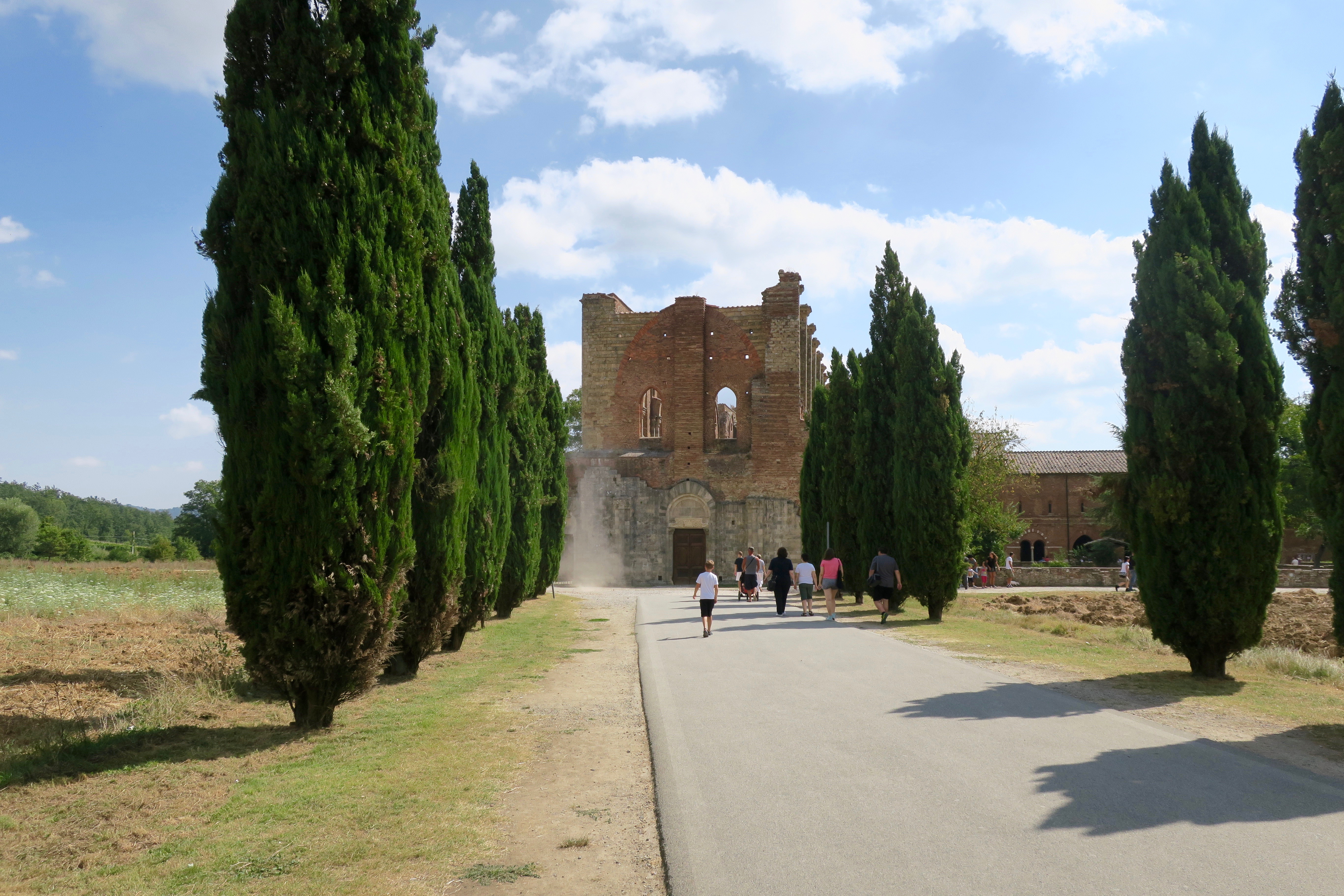

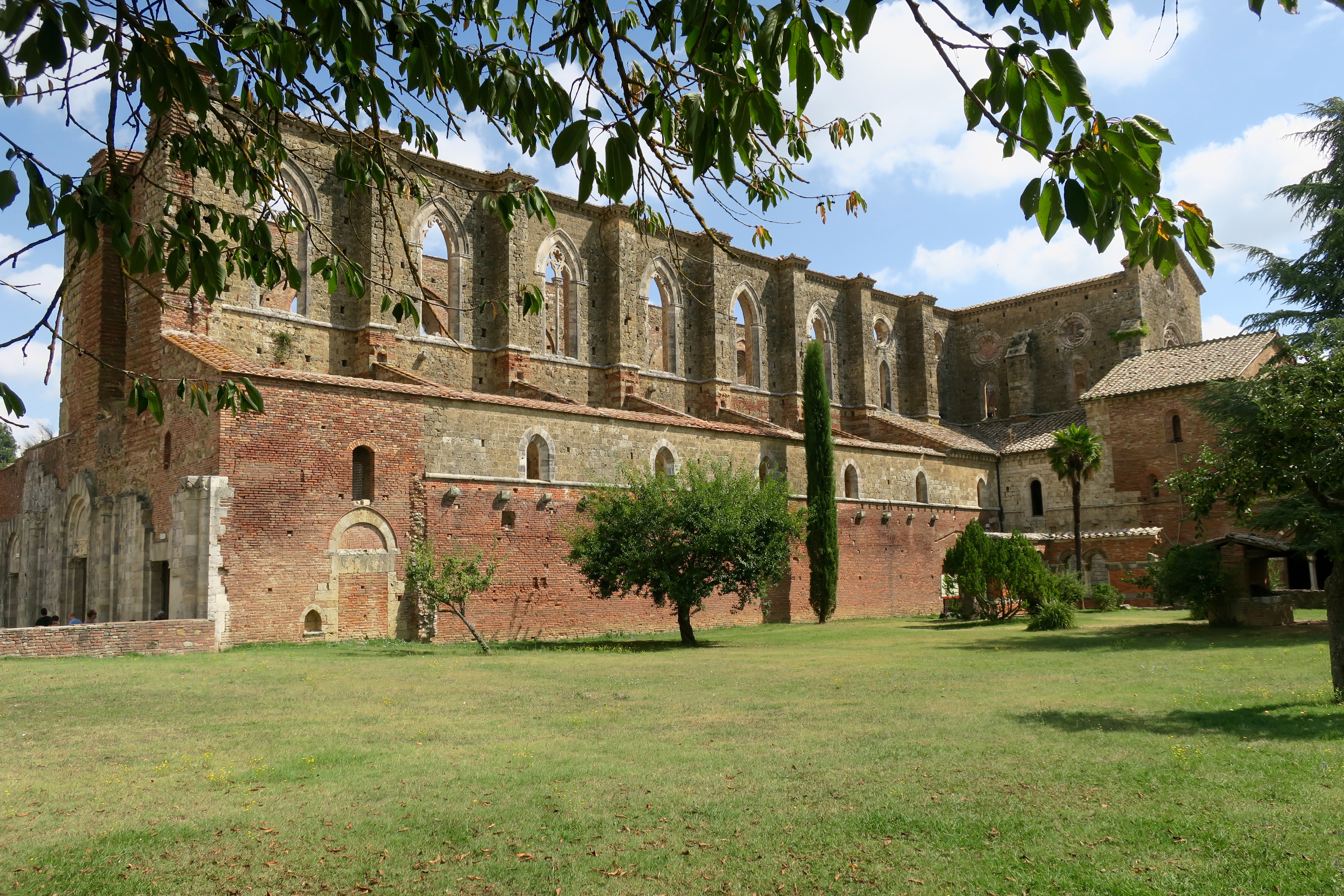





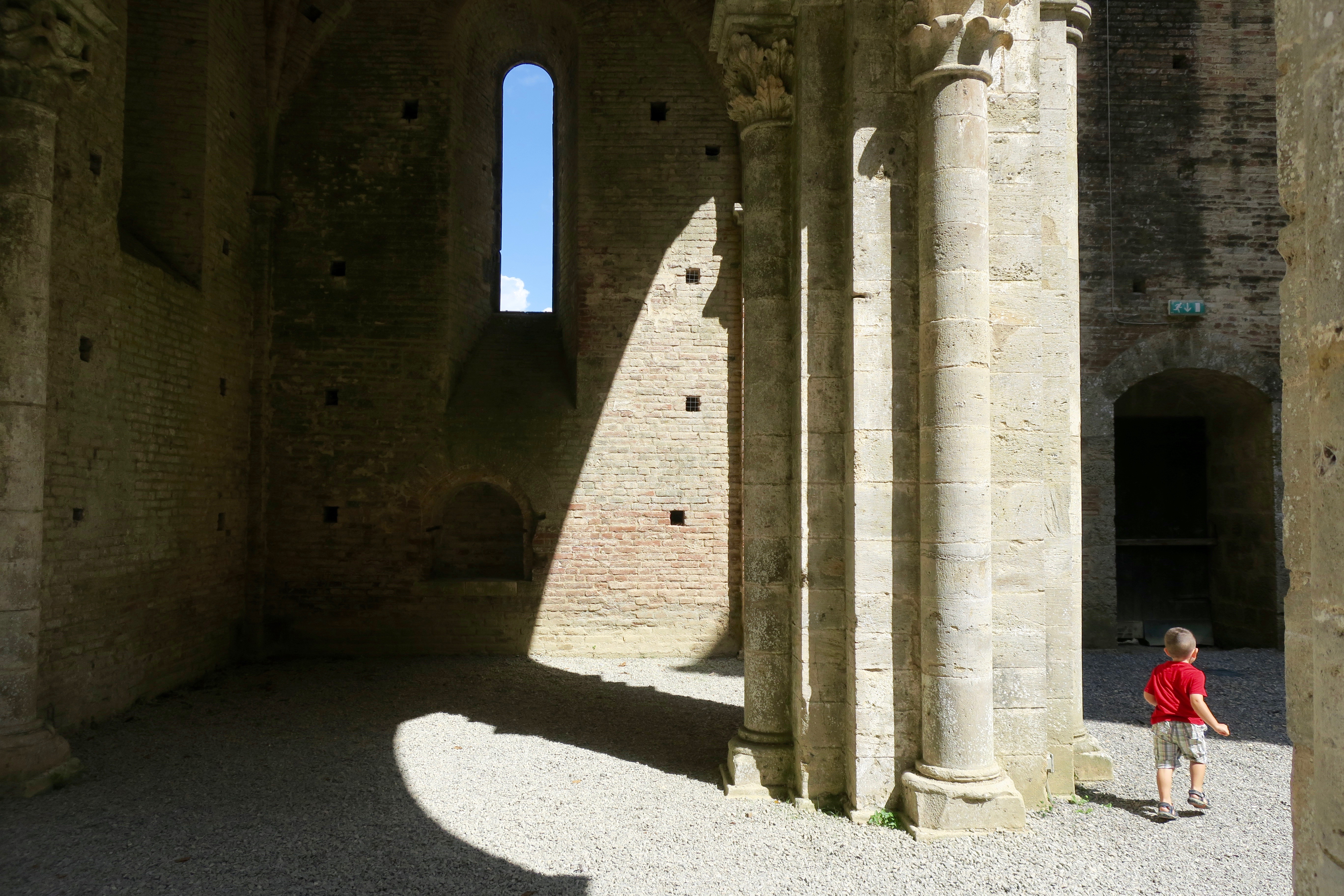

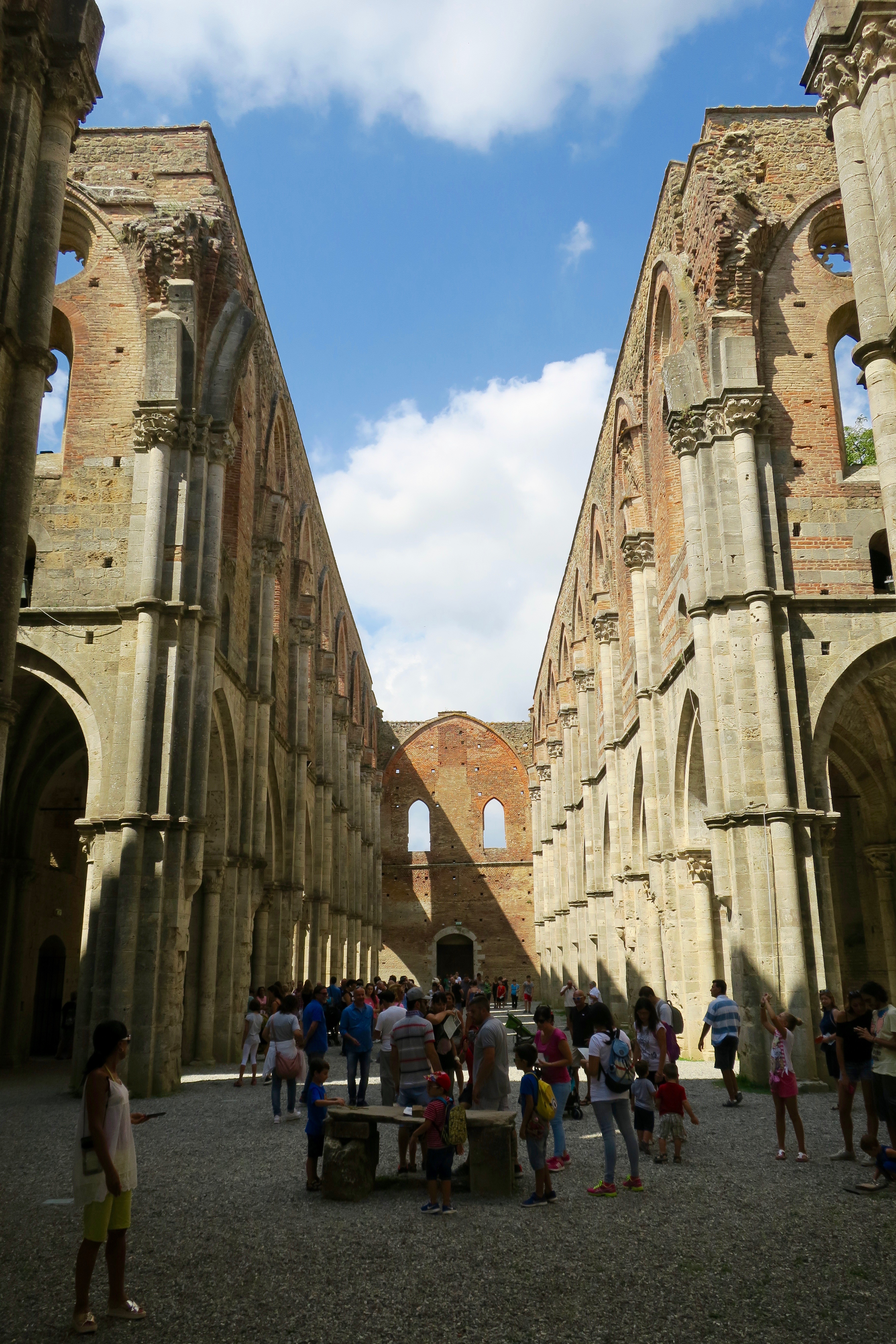
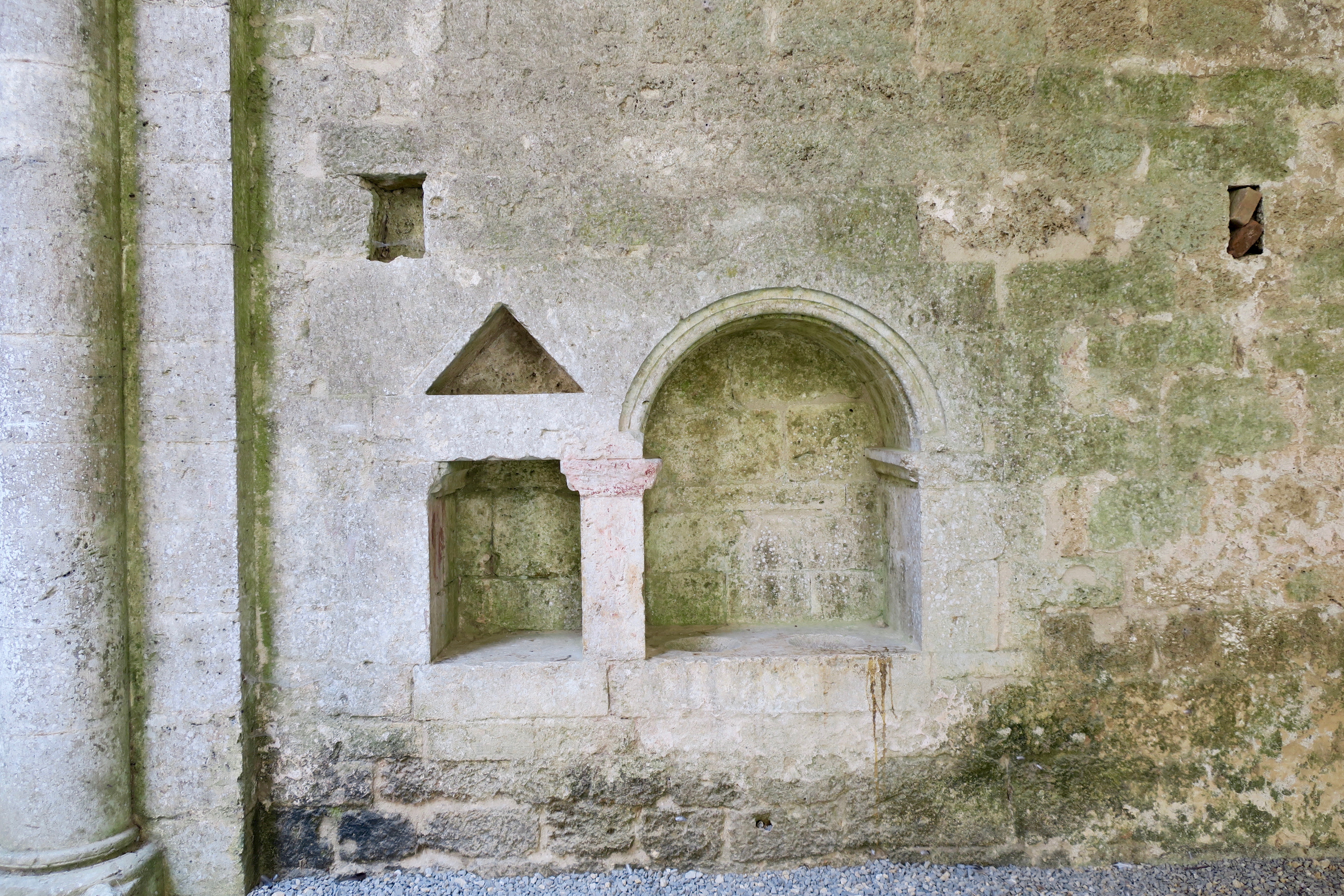



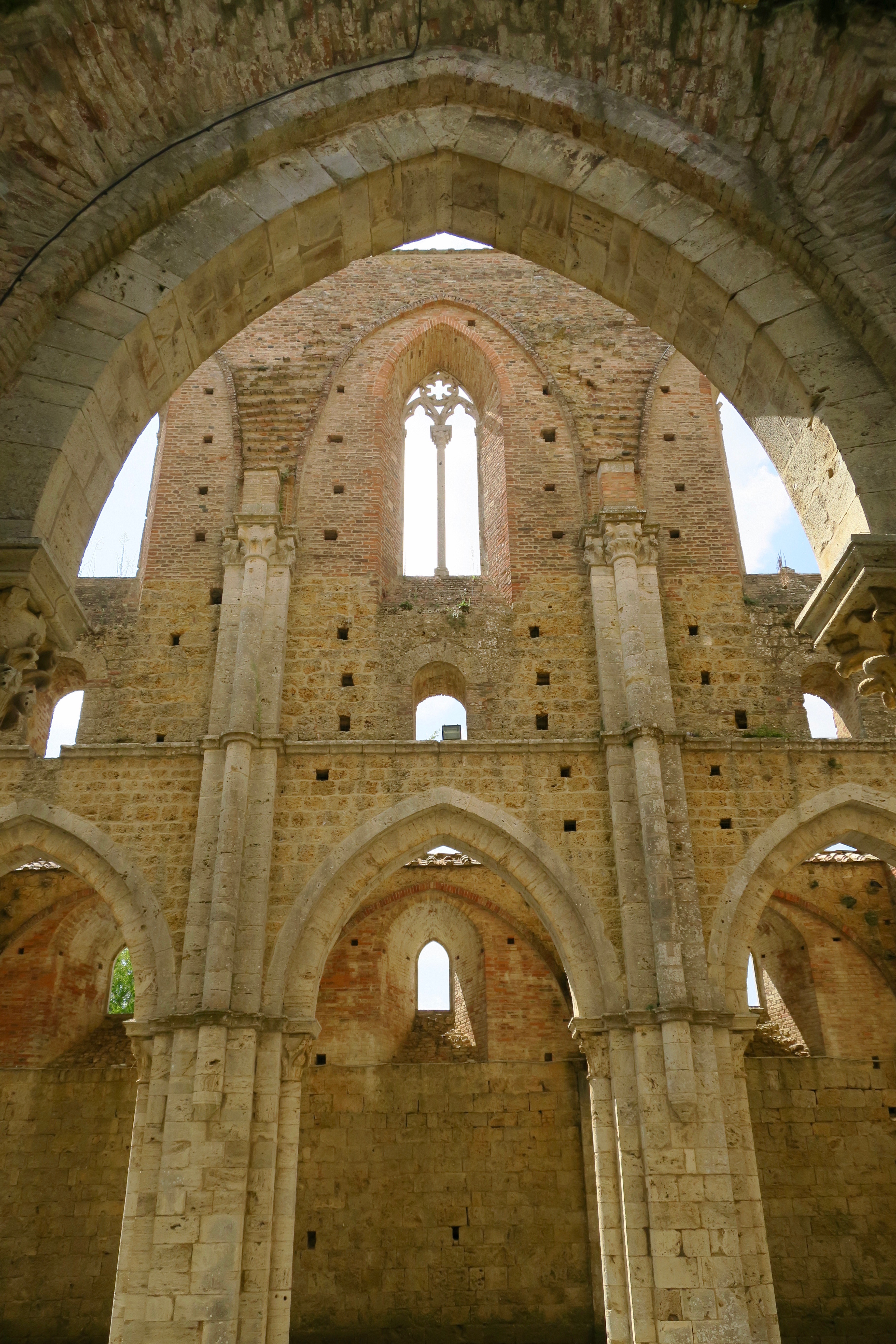
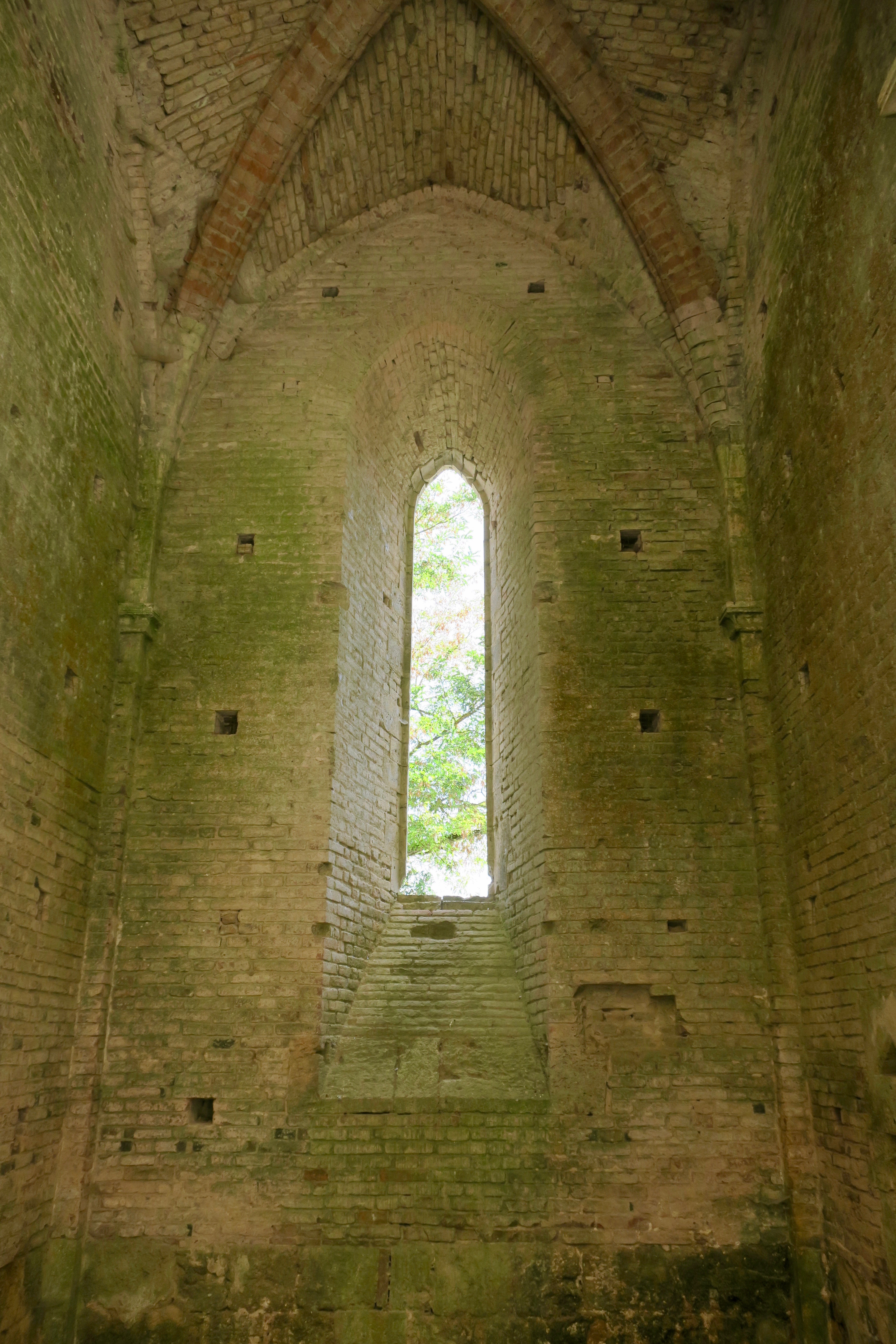
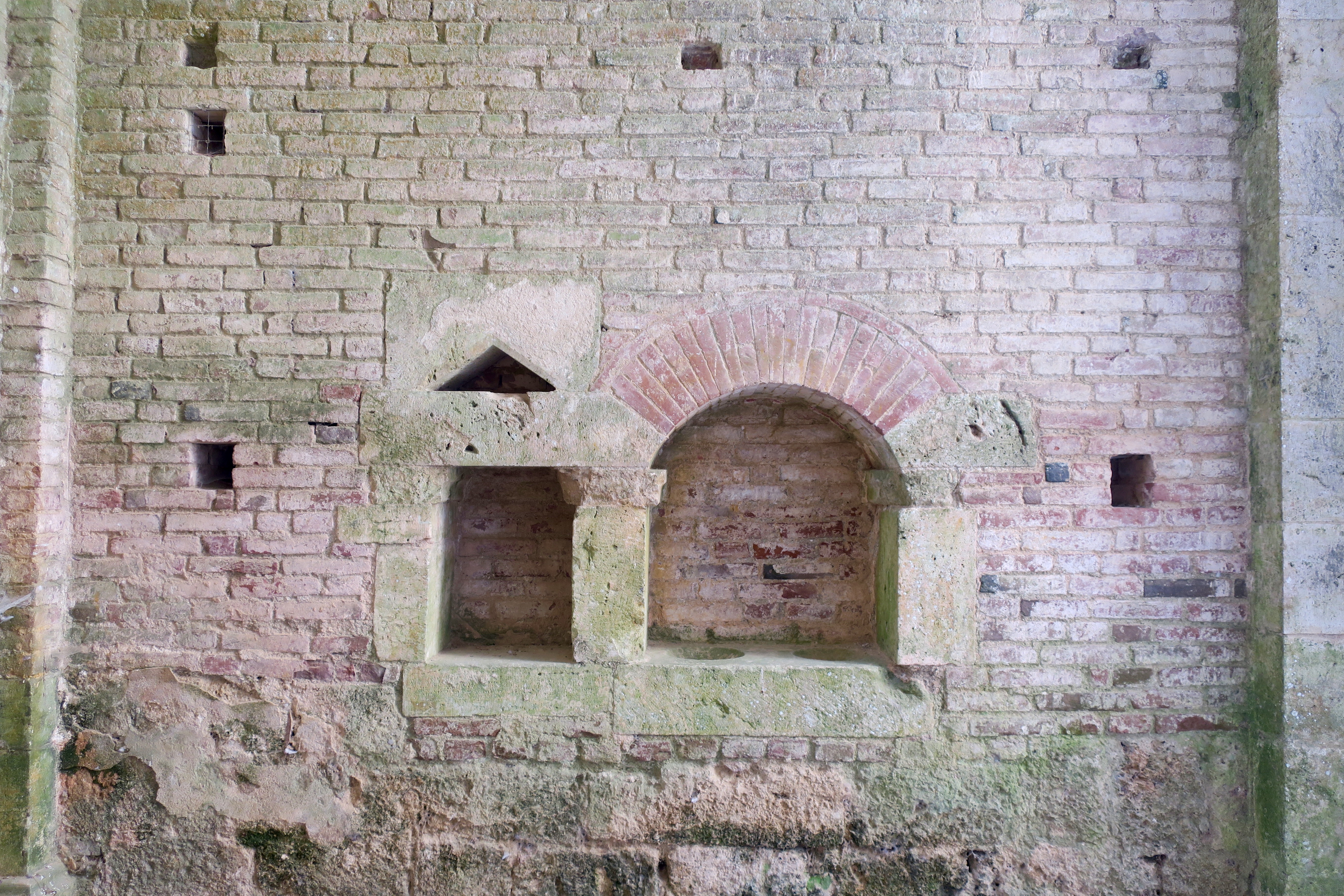
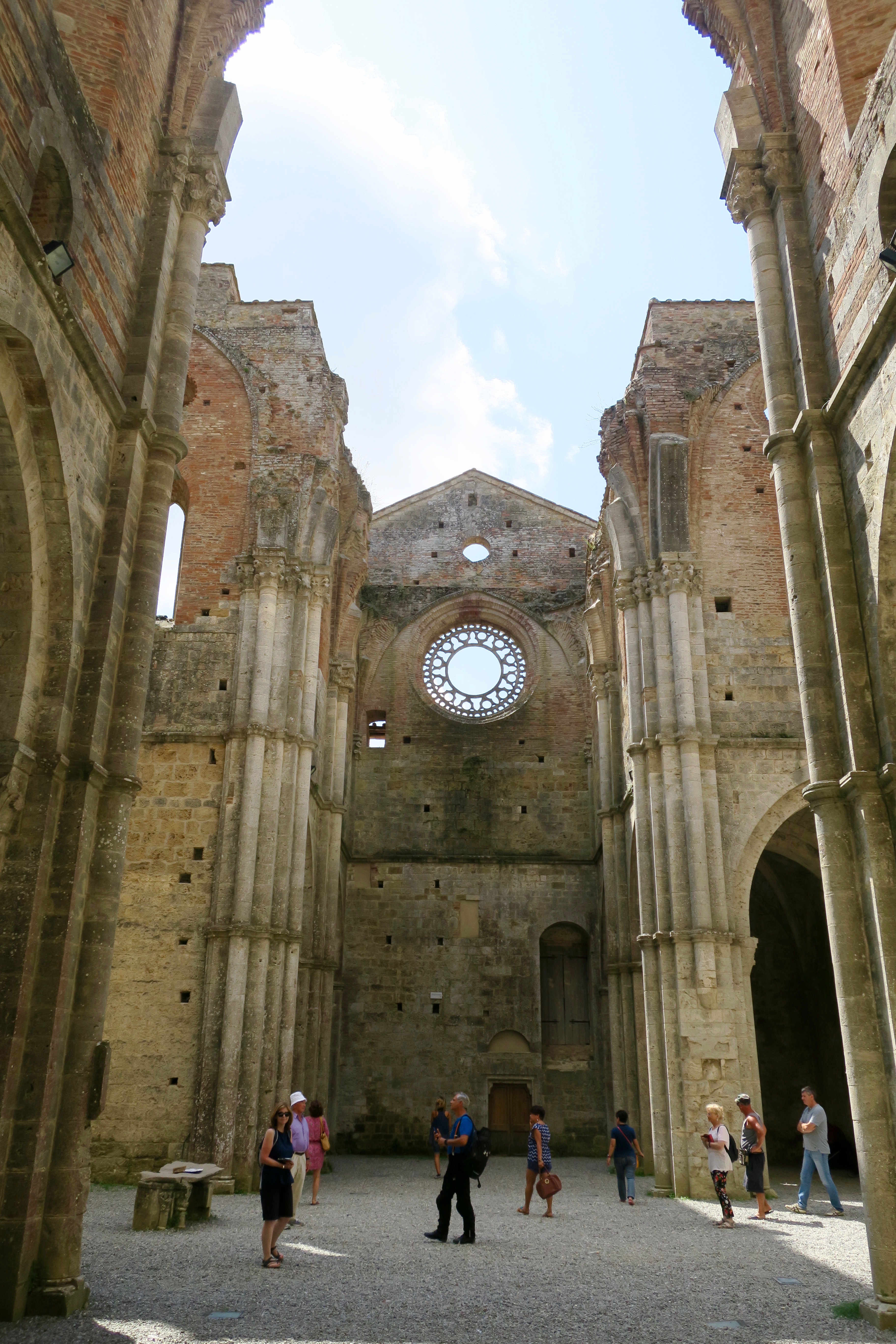
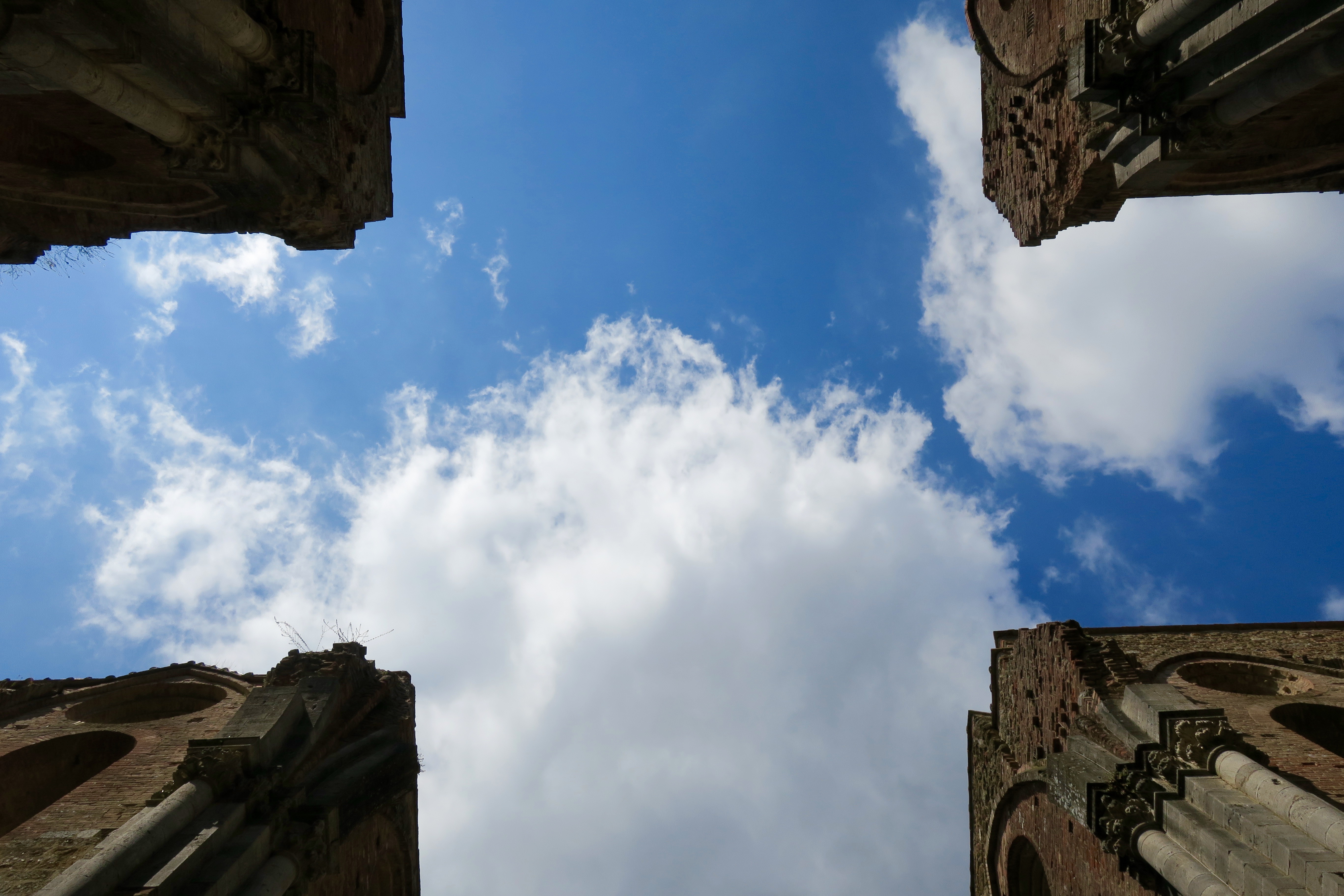
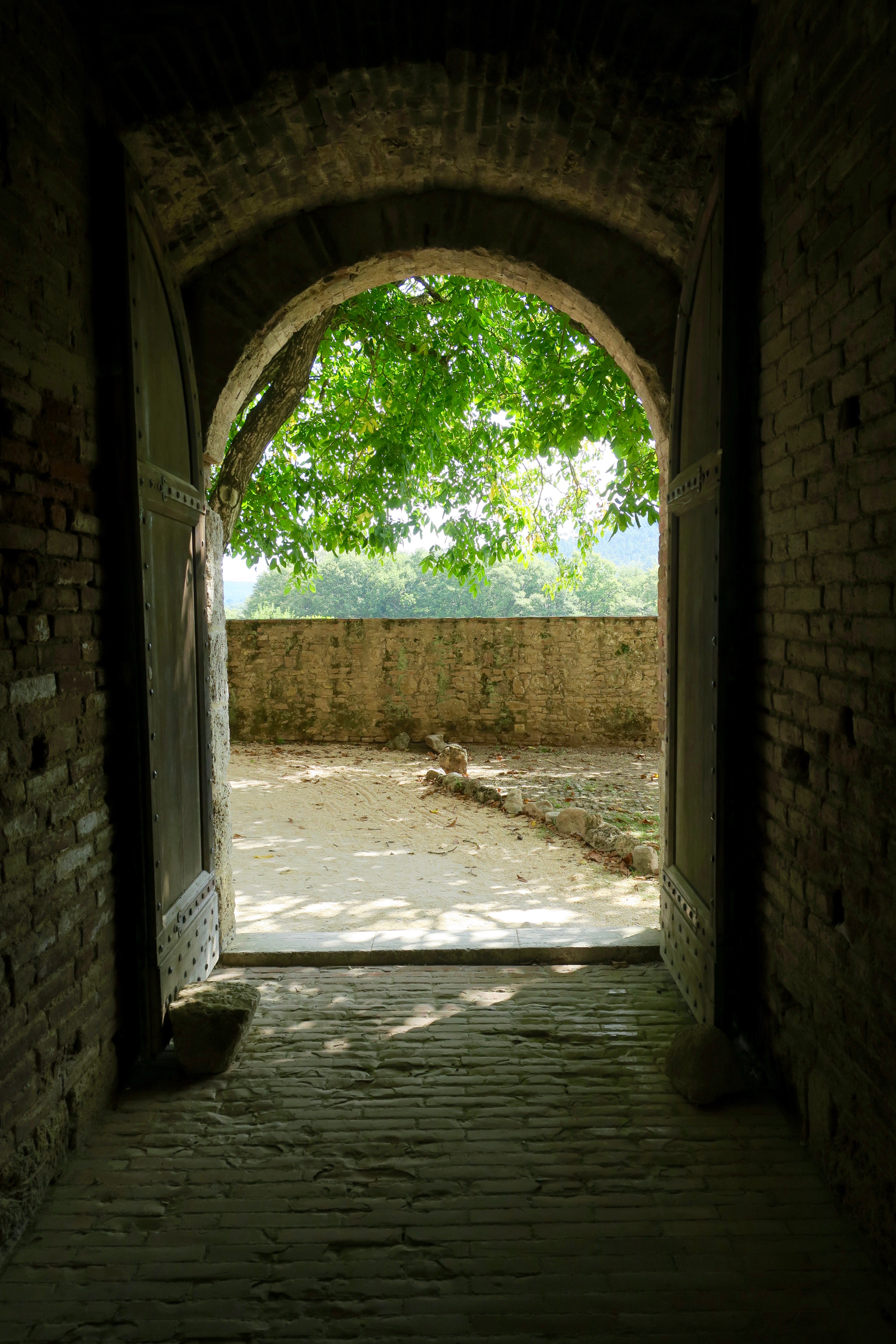










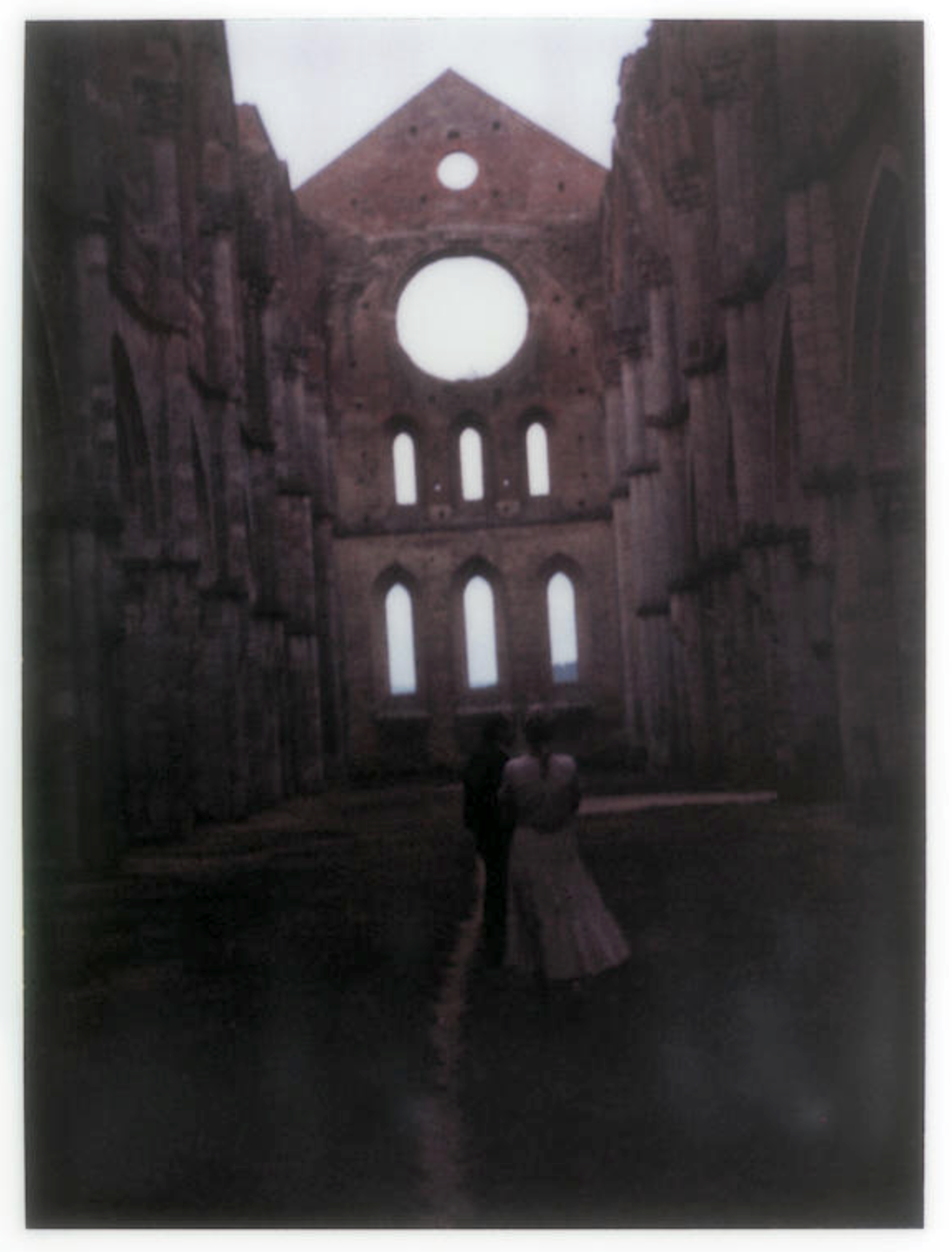
This blog is a total wow and I just wanted to say thank you for it, very much, at the end of the year.
Thank you! It’s encouraging to know we found a kindred spirit.
I saw Nostalgia when it was released in 1983 and the final stunning shot is all I remember of it (similar in concept to the final sequence of Solaris). Your blog has made that memory richer and I’ll be adding San Galgano to my next Italian tour this summer. Thanks Chris.
Thanks Will. Be sure to see Bagno Vignoni too for its Tarkovsky connections. We also followed your recommendation and visited Saturnia for the hot springs. Maybe a future blog post.